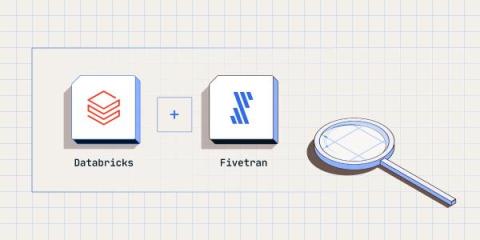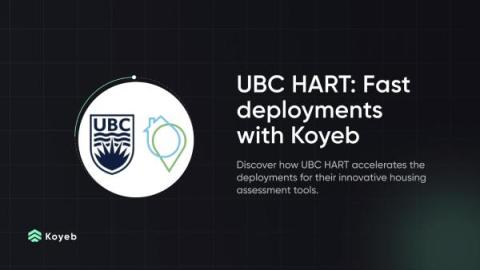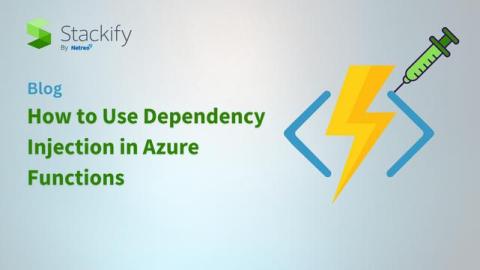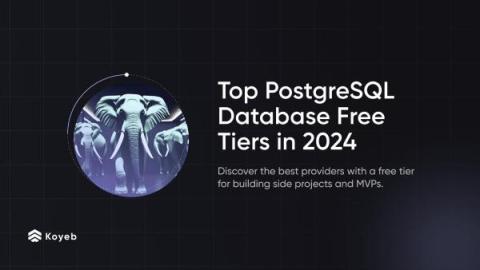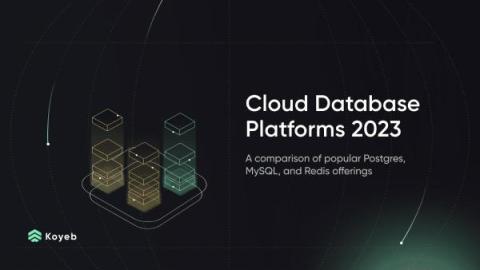Systems | Development | Analytics | API | Testing
Serverless
FoxSell's Journey to Time, Cost, and Performance Optimization with Koyeb
Nuclio Demo
University of British Columbia HART Accelerates Deployments with Koyeb
How to Use Dependency Injection in Azure Functions
Top PostgreSQL Database Free Tiers in 2024
Kong Konnect the World: Seamless Global and Serverless Deployments Powered by Koyeb
Kong Konnect is an API lifecycle management platform streamlining the connectivity between your APIs and microservices. The control plane is hosted in the cloud by Kong and available across the US, EU, and AU, while the data plane is managed by you within your preferred network environment, like Koyeb.
Qwigo Leverages Koyeb for Rapid Global Deployments and High-Performance MicroVMs
Meet Qwigo, a creative web and mobile development delivering exceptional websites and mobile apps to grow your business. When Qwigo needed to build an OCR (Optical Character Recognition) service, they started to look for a high-performance solution within their budget to deploy and run their application. Qwigo was happy to find Koyeb, a managed infrastructure solution that checked all their boxes and more.
Which Cloud Database Platform to Choose for Your Applications
If your application needs persistent data, you are going to need a database. Easier said than done because managing a database can be a challenge. Not only do you need to set up, maintain, scale, and patch databases, but also you need to create strong backup policies, ensure sharding and replications. Long story short, managing a database is time-consuming and requires a dedicated and skilled team, which is why people opt for managed databases, sometimes referred to as DBaaS or Database as a Service.
New Eco Instances: the most affordable way to deploy apps globally
Today, we're making global deployment more accessible than ever with our new Eco Instance types, starting at $1.61 per month ($0.0000006 per second). We're also increasing the resources of the Free Instance type, giving you more to work with at no cost.


